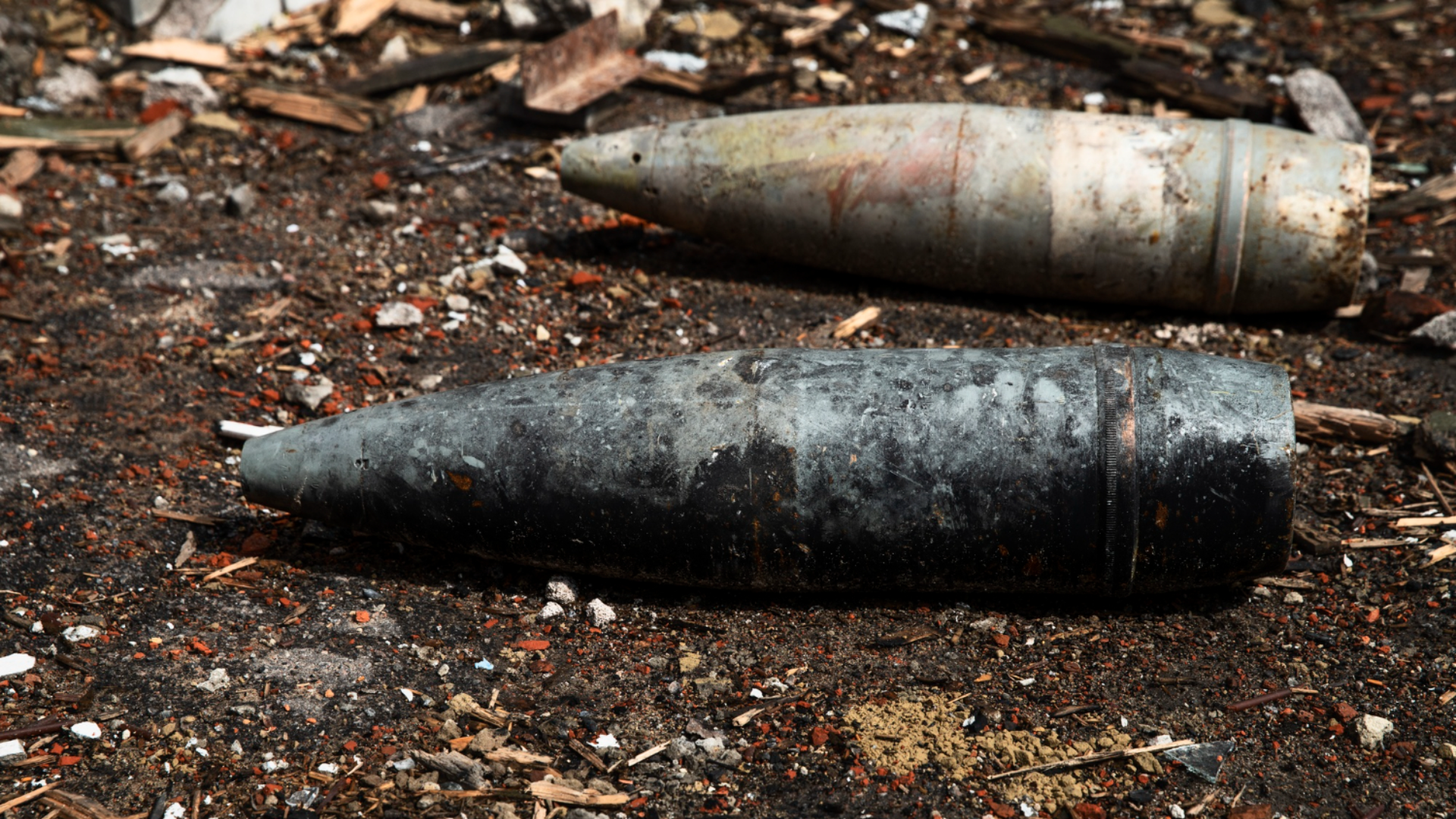Copyright Interesting Engineering

A dirty bomb is a weapon designed to spread fear and contamination rather than unleash a nuclear blast. It combines conventional explosives with radioactive materials such as plutonium or caesium, scattering toxic dust and smoke over a wide area upon detonation. Unlike an atomic bomb, it does not trigger a nuclear chain reaction, but the resulting “radioactive plume” can render entire zones hazardous for weeks or months. In a recent study, Chinese military scientists simulated a dirty bomb attack to test a new containment method. Conducted by the Joint Logistic Support Force University of Engineering and the Rocket Force Research Institute, the field experiment explored how advanced airborne systems could rapidly suppress and neutralize radioactive fallout before it spreads, potentially offering a new tool for disaster response and defense. Aerial suppression tech for radiological attacks According to the team led by nuclear emergency expert Lin Yuanye, new mobile aerial suppression systems could one day limit the devastating impact of a dirty bomb. Such weapons are considered ideal tools for terrorism, designed to cause fear, disruption, and long-term contamination rather than mass destruction. Lin’s team said the rapidly deployable systems under development could be launched within minutes of an explosion to disperse special agents that bind with radioactive aerosols through adsorption and coagulation, forcing hazardous particles to settle quickly and reducing the spread of fallout, the South China Morning Post reported. The researcher’s test simulated a scenario in which 62 kilograms of TNT detonated and dispersed one kilogram of weapons-grade plutonium – a highly dangerous material used in nuclear warheads. To reduce weather interference, the experiment took place on a calm, overcast evening with light winds below two meters per second. The blast was set off on a concrete surface to replicate an urban environment, with air temperatures around 25 degrees Celsius, typical of mild weather conditions. One dirty bomb could contaminate nearly 4 square miles The researchers further note that combining real-world testing with advanced computer modelling allowed them to make highly precise predictions. Their simulation revealed that a single dirty bomb, if left uncontrolled, could contaminate nearly 3.8 square miles and put tens of thousands of people at risk. The results identified multiple exposure zones – a “lethal zone” with radiation levels above 1 Sievert (100 rem) that could be fatal, a “hazard zone” with doses between 50 and 100 rem causing severe health effects, and an “intervention zone” that would require immediate evacuation and decontamination. The team also proposed deploying rocket-launched suppression systems, modeled on cloud-seeding techniques, to quickly tackle a rising radioactive plume. The rockets release agents that attach to radioactive particles, causing them to clump and fall to the ground faster, limiting the spread of contamination. Lin’s team added that with suppression efficiency over 50 percent, high-risk zones shrink significantly, and at 90 percent efficiency, they nearly disappear. Achieving this requires rockets to launch within two minutes of detonation; any delay lets the plume rise and spread. This demands extremely fast detection, early warning, and emergency response – key capabilities for modern military and civil defense forces.



